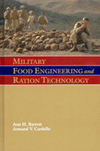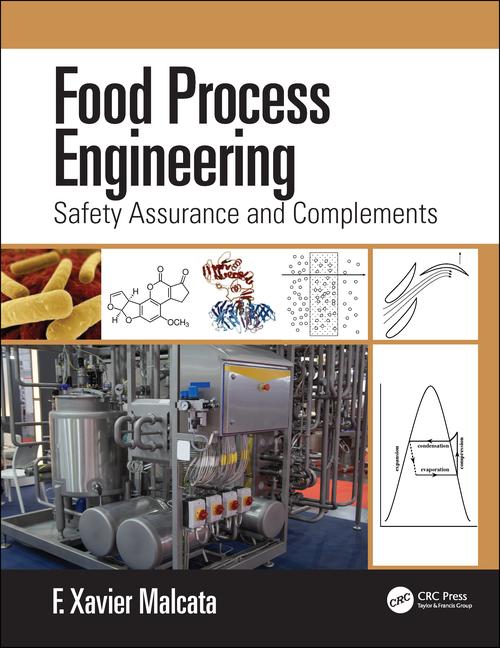Engineering R&D: Process food,
reduce world hunger

With a third of the world's 6.2 billion people lacking dependable electric service, Harrigan set out to design a nonelectric version with more versatility. The result is VitaGoat, a mini-food plant that processes both wet foods and dry products quickly and efficiently. The system can be built and sold in developing countries for less than $1,500. With assistance from Africare, three beta units are being installed in West Africa. Some countries in the region export mangoes and import mango puree, a value-added product the Goat can produce.
Harrigan is a 1988 mechanical engineering graduate of Montreal's McGill University. He worked for a fabricator of stainless-steel pressure vessels and other equipment for five years, then earned his MBA and joined ProSoya Inc., makers of an airless, cold-grinding soymilk process. As engineering director, Harrigan helped ProSoya build dairy-grade systems with capacities of up to 4,000 liters an hour.
Food Engineering spoke with Harrigan about VitaGoat as he was preparing to visit the beta sites.
FE: How did VitaGoat come about?
Harrigan: The VitaCow is fine for processing soymilk, purees and other aqueous solutions when electricity is readily available. Unfortunately, most of the world's 800 million malnourished people are off the grid, and the cost of an electric motor is prohibitive, anyway. About three years ago I started developing something that was totally nonelectric and could make a wider range of food than the Cow.
In the Cow, grinding and cooking are done in one vessel. We tried that with the Goat, but you can't get enough torque and speed to make a soya suspension with a nonmechanical system. It took two years to arrive at a design that incorporates separate cooking and grinding components. There was no Eureka moment; it simply evolved into a choice between a hand mill, like grandmother used, and a pedal-powered grinder, which became the obvious choice.
FE: What technology does the cycle grinder use?
Harrigan: We adapted a design from the ‘70s by Gordon Wilson, a professor at MIT. He has written books about the ergonomics of pedaling and pedal power.
Ergonomics were important because you simply have to have something that is comfortable to pedal for several hours at a time. You also need something that can deliver enough torque, and the key to Gordon's design is the chain and belt system. There's a high gear for milling soft foods and a low gear for hard.
FE: What modifications were necessary?
Harrigan: You're driving forward, not back, and that geometry creates some challenges with a mill. The belt tensioner had to use simple parts that can be sourced locally, and that precludes derailers in developing countries. Ease of fabrication and cost were always considerations. This uses bona fide parts, not scrap from a junkyard.
A conventional bicycle seat would be too uncomfortable, and we had to consider that users would be Muslim women who aren't supposed to gyrate their hips in public. It sounds crazy, but design has to be appropriate to the group.

Harrigan: Variable-speed pulleys would have added $100 to the cost, and that's a big deal in many parts of the world. Availability of parts also would have been an issue. Manual shifting between five speeds is required. We haven't calculated the maximum kilograms of force generated by each gear; we just tested it against the foods it would need to crush.
FE: What design features are included in the steam boiler?
Harrigan: It's a 55 gal. drum that generates superheated steam. It's a modified design by Carl Bielenberg, a Vermont philanthropist and mechanical engineer who set up machine shops in Senegal after graduating from MIT and became an expert on gasifiers and boilers that are very clean and efficient.
The boiler's elegance is on the inside. Water is heated in an inner chamber to about 120
Looking for a reprint of this article?
From high-res PDFs to custom plaques, order your copy today!







